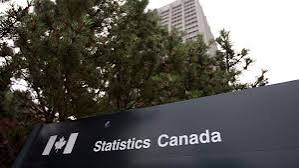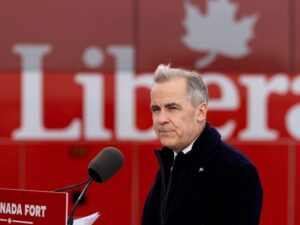
Spending by Canadian households helped the economy grow at an annualized rate of 1.7 per cent in the first three months of the year, Statistics Canada said Friday.
The agency also revised its reading for growth in the fourth quarter of 2023 down to an annualized rate of 0.1 per cent, compared with its initial report of an annualized rate of one per cent.
Growth in the first quarter was powered by higher household spending, which increased 0.7 per cent.
Household spending on services rose 1.1 per cent, boosted by spending on telecommunications services, rent and air travel, while household spending on goods gained 0.3 per cent in the first quarter, helped higher by spending on new trucks, vans and sport utility vehicles.
Statistics Canada also said household final consumption spending on a per capita basis edged up 0.1 per cent in the first quarter, after falling for three consecutive quarters.
The results for the first quarter came as Statistics Canada said real gross domestic product was essentially unchanged in March, following growth of 0.2 per cent in February.
The March figure came as the construction industry gained 1.1 per cent for the month, its strongest growth rate since January 2022. Meanwhile, the manufacturing sector fell 0.8 per cent, weighed down by retooling work at multiple automotive assembly plants in Ontario.
The agency said its preliminary estimate for the economy in April points to growth of 0.3 per cent as increases in manufacturing, mining, quarrying, and oil and gas extraction and wholesale trade were partially offset by decreases in utilities.
The reading of the economy comes ahead of the Bank of Canada’s interest rate decision set for next week.
Bank of Canada governor Tiff Macklem has said a rate cut is within the realm of possibilities, but that the decision will be driven by the economic data.
He has said the central bank is seeing the right conditions to begin lowering its policy rate from five per cent, but that he wants to see those conditions sustained to ensure inflation is heading down to the bank’s two per cent target.
The annual inflation rate fell to 2.7 per cent in April compared with 2.9 per cent in March.






